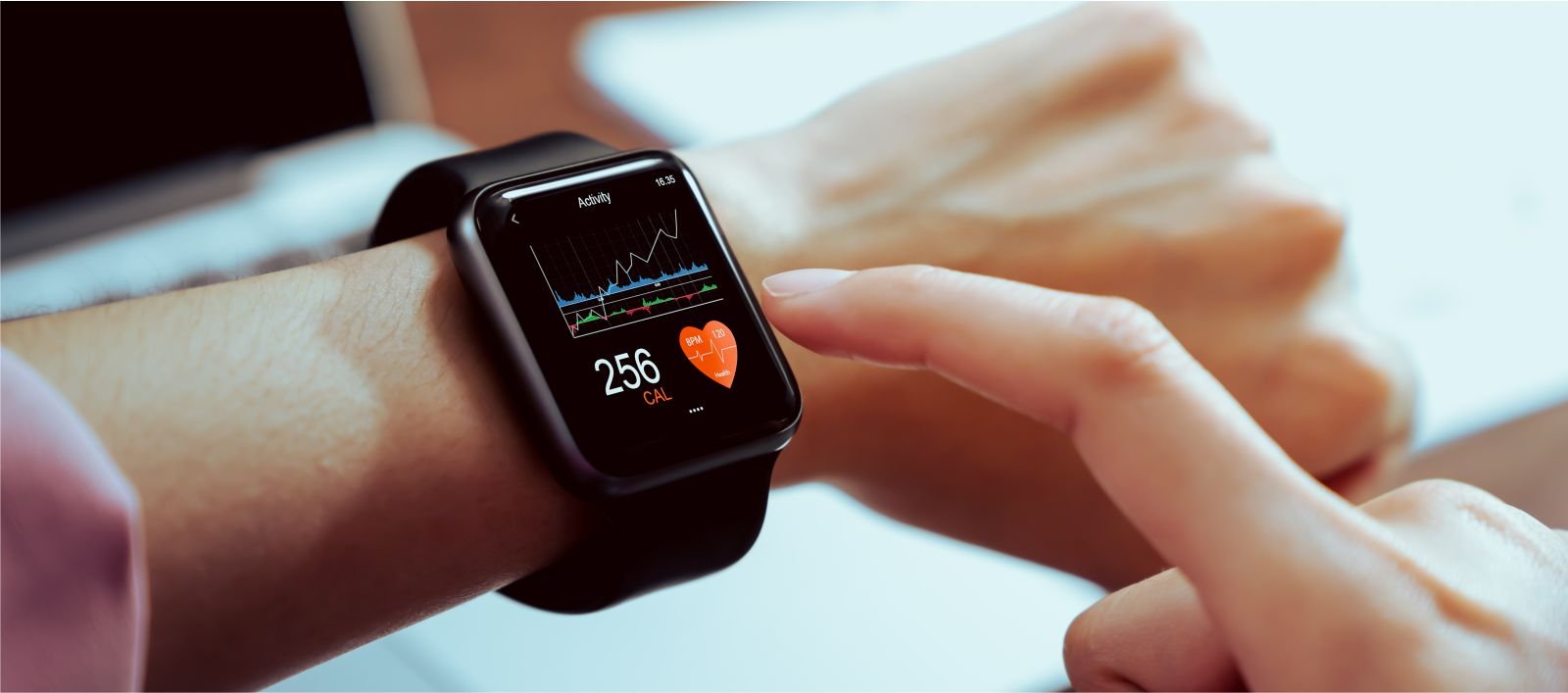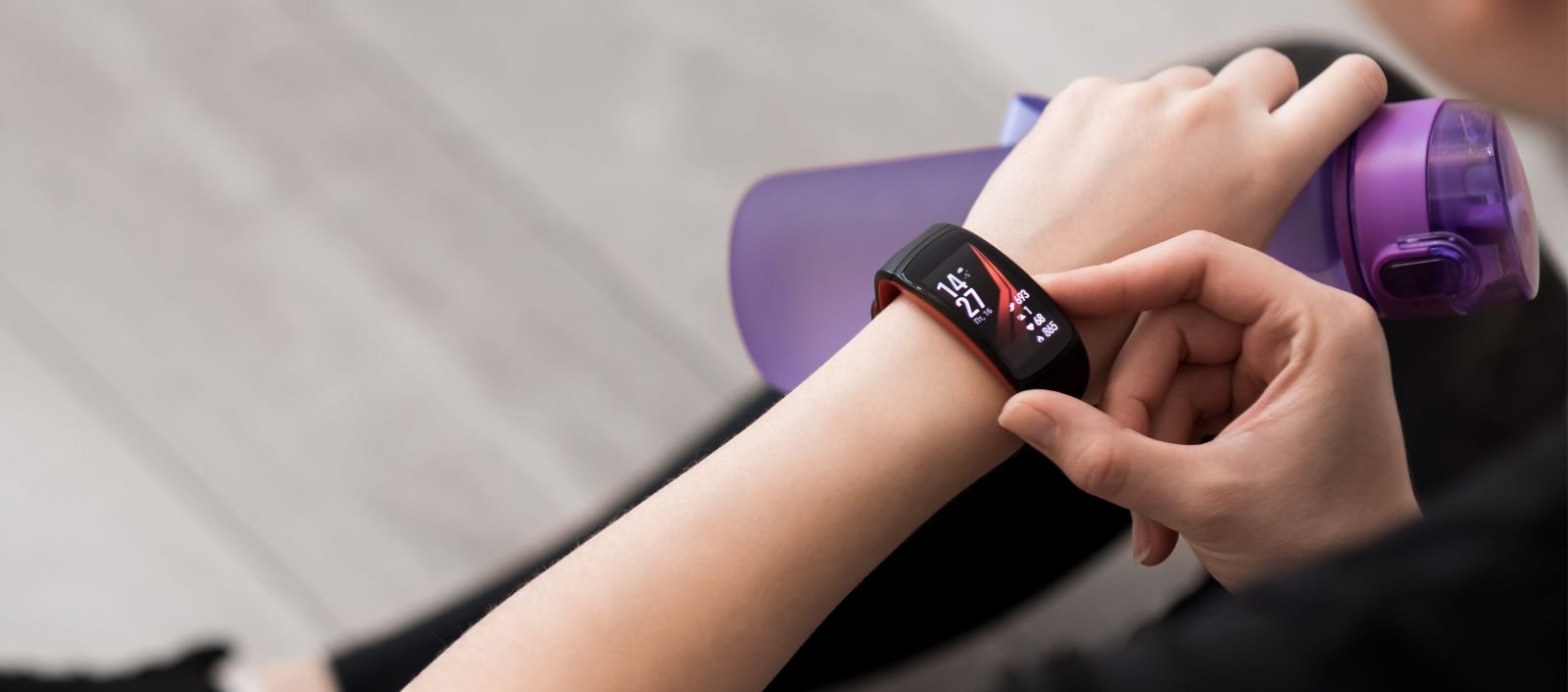13 July 2021
Surely everyone associates with the new generation of electronic watches. We are talking about the latest group of wearable devices the size of classic watches. Although they provide the same functions as the classic watches of our grandparents, they are closer to a smartwatch than the national products of Switzerland.
First of all, a smartwatch has to be equipped with a small touch screen and, in addition to timekeeping, it usually also provides notifications from the mobile phone and allows control music. The most basic devices also count steps and measure heart rate. On the other hand, more technically advanced units will present the weather, stress levels, measure the time and phases of sleep, and track calories burned during exercise. Some of the smartwatches on the market also allow to answer and make phone calls, trigger the camera shutter when taking photos, or contactless payment.

Smartwatches mainly use Android, watchOS, HarmonyOS or Tinzen and owe their growing popularity to convenience. In situations where using a phone is uncomfortable (like exercising) or dangerous (when driving), a small, portable device on our hand is definitely a better solution.
Additionally, users can choose a watch that suits their style. Thanks to the interchangeability of bracelets and wrist band and the possibility of changing the dial, a smartwatch will both look great at the gym and during a dissertation.

Smartwatch vs smartband
As the name suggests, smartwatch means intelligent timekeeper - it is closer in appearance to its analogue ancestors, and thus the functions it equals the smartphone in our pocket. Square, round, rectangular, oval. Take your pick! In fact, most smart timekeepers will be really lightweight and almost unnoticeable on the hand, but it won't have the lightness of a smartband.
A smartband is definitely a lighter and more comfortable form of the same type of device. Unlike a smartwatch, it won't have all the features mentioned above, such as receiving and making calls. Instead, it comes with a simpler OLED or LED screen. In addition, the wristband will not track all or most of your vital functions unlike a smartwatch (which will, e.g., measure your blood oxygenation level). Some wristbands are not waterproof, but it will last much longer on a single charge instead of the mentioned shortcomings. The device will be slower to discharge by lack of a demanding colour display. Some devices will also feature inductive charging, get away the user from endless cables.

Get moving! Who are smartwatches for?
It would seem that the answer is obvious: sports enthusiasts! Nothing could be more wrong! You don't have to count every calorie you burn during a walk to make the purchase of a smartwatch worthwhile. Wearable devices will not only track our movement, but also provide our heart rate, pace of movement and the distance covered during the day.
If we sit in front of the computer for too long, the watch will remind us to move to promote good blood flow. It will measure our sleep and provide us with information on its quality in percentage and graphical representation on the smartphone (the results of these measurements should not be taken as fully reflecting the state of our sleep, the smartwatch is not a medical device, so it should not be used for self-diagnosis of sleep disorders). If you suffer from perpetual phone silencing, a short vibration on your wrist will discreetly inform you of an incoming call or notification.

A smart accessory on the hand does not only remind us to exercise or measure the kilometres covered. Drivers can choose a model with navigation or voice memo function. People who often miss the alarm clock on their phone will never fall asleep again when they are roused from bed by the vibration on their wrist. And what if you lose your smartphone? A connected smartwatch will wake it up, activating an alarm that will lead us to the device, even if it is muted.

Charging smartwatches and wristbands
We can find many wearable devices of different brands on the market. Each manufacturer offers their products with dedicated chargers. There are both models charged by cable and by induction. We can choose the shape, colour and functions that our device will have so, why not also look at the design of the charger? After all, it will decorate our nightstands or desks for years. Indirectly, it's up to us what kind of charger we will own. Are we going to use a small round plate or perhaps a convenient docking station? And we can always choose the wireless version, in this case the charger can be used not only to charge the smartwatch, but also the phone or Bluetooth headphones. This will allow us to keep things tidy and reduce the number of USB cables accumulated in drawers. In addition, we can meet chargers integrated with the cable or with the option of replacing the cable tailored to individual needs. This can prove very useful, especially if we notoriously lose cables or need a much longer cable than the one we got with the charger.
Choosing a smartwatch may not be easy, but using it can bring not only a lot of benefits, but also pleasure!
